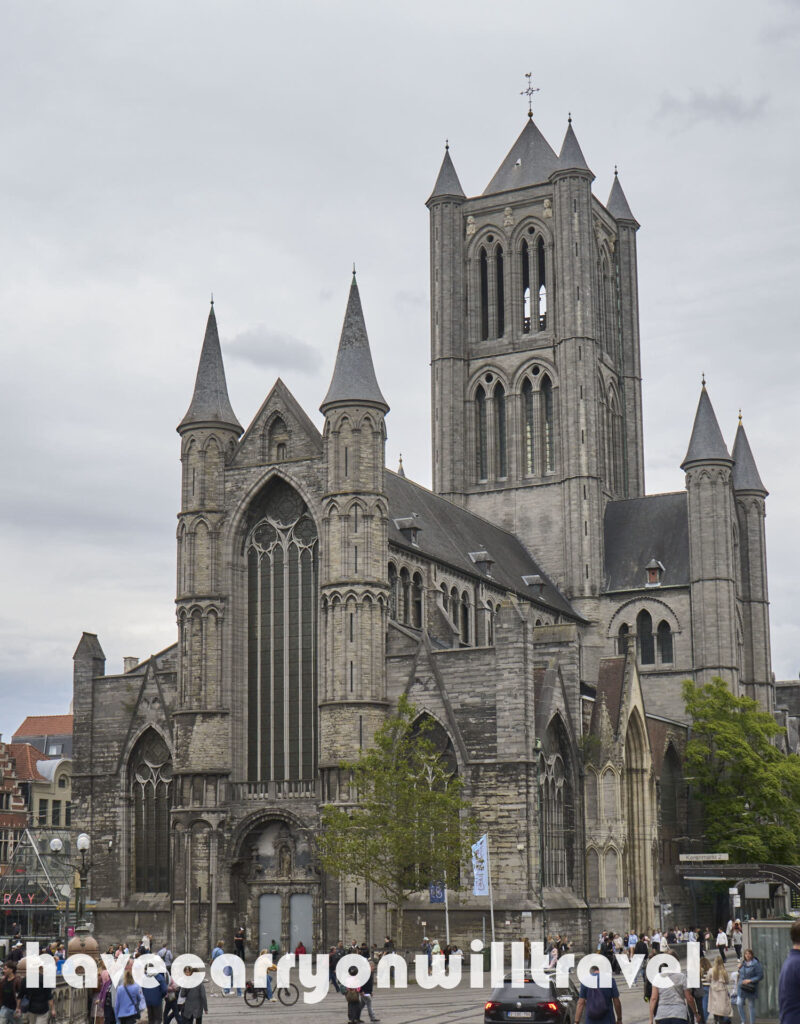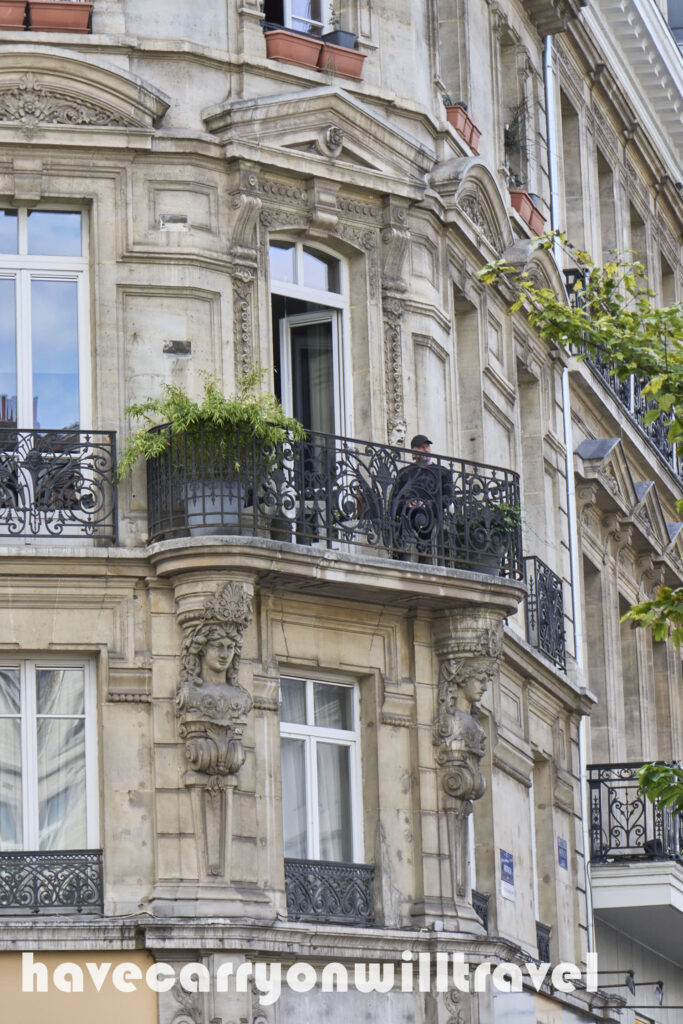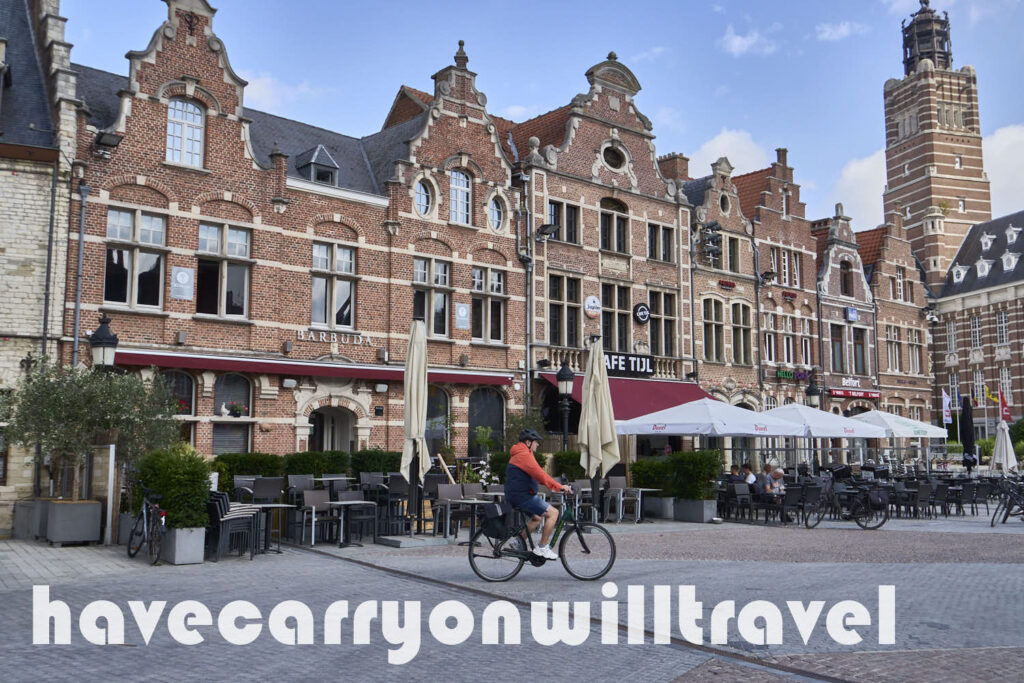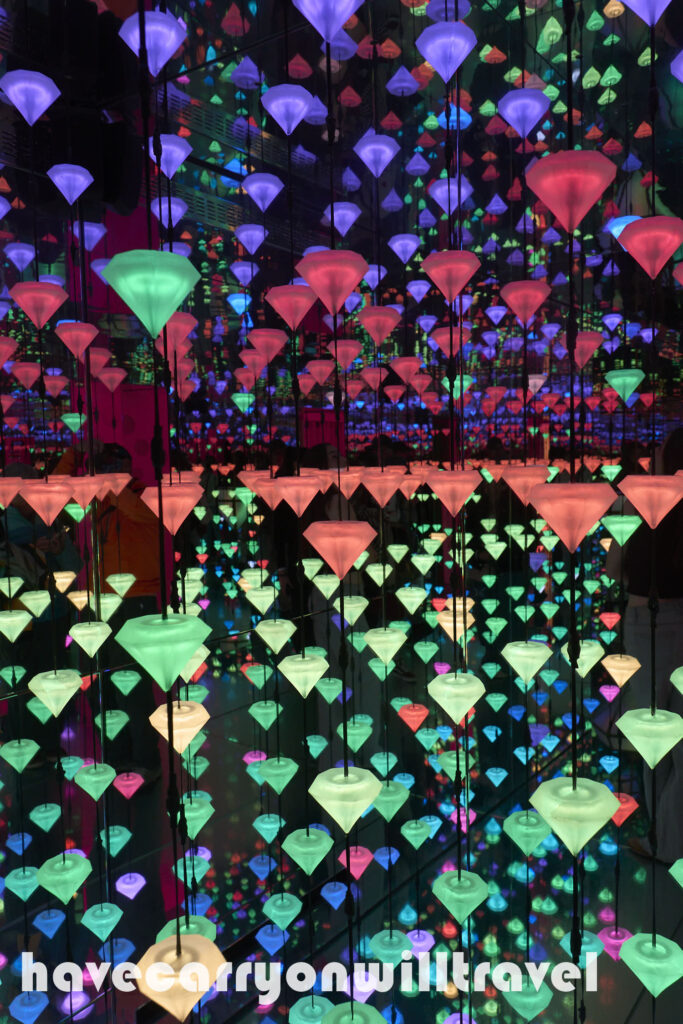Pretty much every village, town and city in all of Holland and at least Flanders in Belgium have a few common high points. No matter how big or small the place ,they all have at least one and often several very large churches or kerken. They all have a Grote Markt which is a central square or market place always lined with restaurants. Somewhere close to the center of town is a shopping street for pedestrians only. More often than not, there is an ancient Stadhuis, city hall. It is usually huge and does not relate to the size of the town or city but most were built 4 or 5 hundred years ago when, I’m guessing, the Stadhuis was a status symbol. In both countries there are several pleins, squares, open areas surrounded by buildings lined with shops and restaurants used for celebrations and weekly markets.

The streets are not all streets and avenues. A common city street in a town or city is a Straat. A major road or a highway is referred to as Weg. If you are walking along the beach on a hard surface you are on the Strand. In the Netherlands, more so than in Belgium, the roads that align with the canals are named Gracht.
In North America, we for the most part, live horizontal as far as our house layout. The house and even the apartments or condos are on one or two levels. In Europe at least in the urban areas the houses are very narrow and the people live in a vertical fashion. The bedroom may be on the 4th or even the 5th story of a building with only a few feet of street frontage. Each of the other floors are designated has one specific use such as the living area or the kitchen/dining area.

Tipping in either place is neither common nor expected. I noted that when the ‘tipping’ request showed up on the credit card payment machine the waiter would skip by it before handing me the machine to tap my card. In Bruges, a very touristy place, I was once asked for a tip. Extremely rude I felt. I think the fellow may have thought I was American or maybe just a stupid tourist. Anyway, I said no, I don’t think I made his day. There was a sign on the canal boat we were on suggesting tipping was a ‘custom’ but very few people actually put money in the fellow’s hat and then only coins.
Amsterdam is a very liberal place. There are some unusual things there like coffee shops where smoking pot is more prevalent than drinking coffee and of course there is the red light district with the products on display in the shop window. Just don’t be shocked when you are at Schipol airport on your way to the departure gate and a fairly burly fellow with bright red hair and a bushy red beard has just arrived and is heading to immigration dressed head to toe like Heidi complete with a red dress, knee socks and pigtails. Even after a few days walking around Amsterdam, that made me turn my head. The Dutch say ‘Doe maar normal, dan doe je al gik genoeg.’ (Direct translation: Just act normal, that’s crazy enough.) But in Holland it actually implies ‘We’re all a bit odd, so let’s not make a fuss about it’. And no one was making a fuss.

Debbie and I were trying not to get sick. We are going diving two weeks after we get back home and sick and diving don’t mix. So what do we do? Spend the last two days in Europe in one of the busiest cities, going to art galleries. Not the best strategy. The places were crowded to very crowded to extremely crowded. People were hacking and sneezing and we just tried to keep our distance. Then we started our journey home. Schipol Airport is a major hub, not just in Europe but of the world. You cannot find any place to isolate and avoid sick people. Montreal’s Trudeau airport was next and although not quite as crowded there were no secluded spots there either. If you are trying to remain healthy for any reason I would not recommend visiting galleries or museums on the last couple of days away and definitely avoid both of the above airports. When we arrived in Edmonton at about 10pm it was deserted. So far our health has remained intact.
Until next time…..

